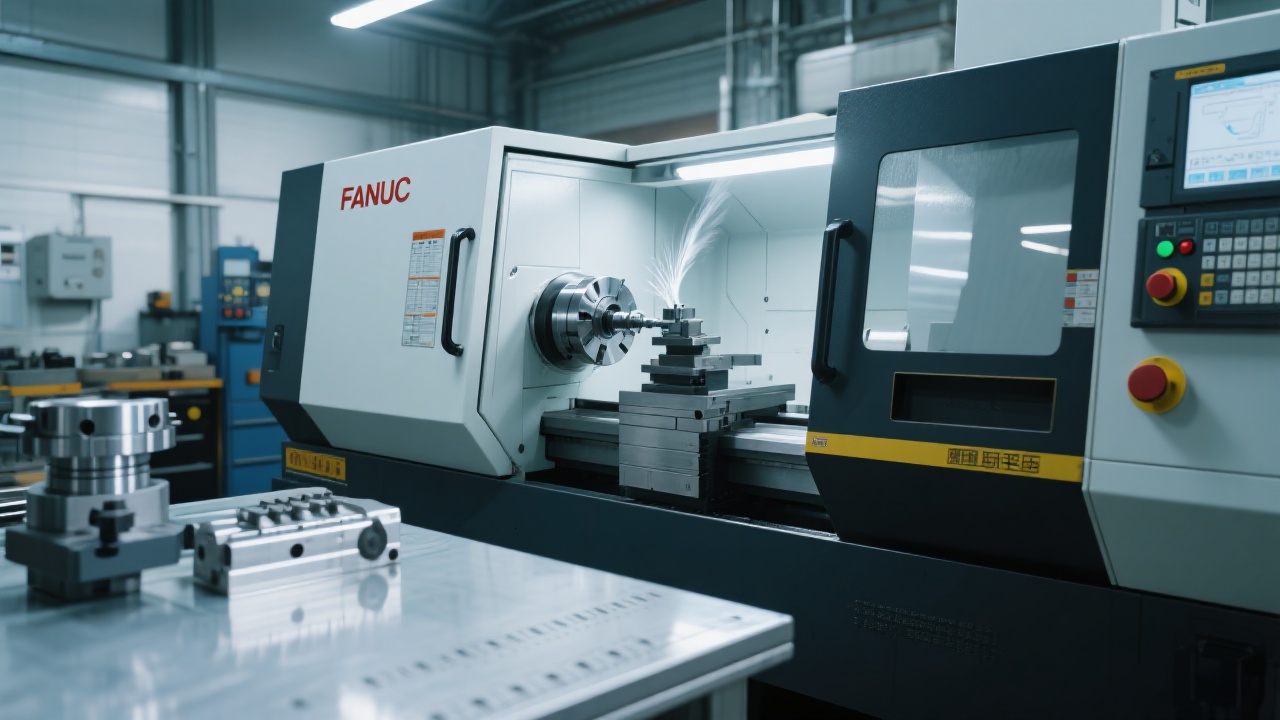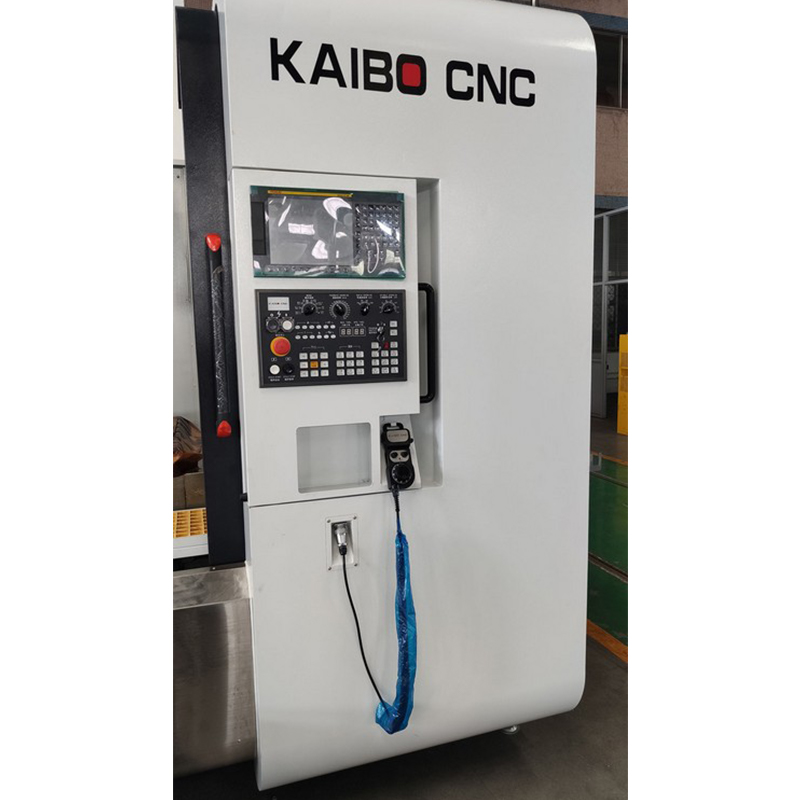
In the realm of graphite processing, dust pollution has long been a significant concern. The fine graphite particles generated during the machining process pose threats not only to the longevity of equipment but also to the health of operators and the precision of machining work. In this article, we will delve into the wet flushing system, a powerful solution for effectively controlling dust pollution in graphite processing, and explore its principles, applications, and advantages.
Graphite dust can cause a series of problems in the processing environment. For equipment, dust accumulation can lead to accelerated wear and tear of moving parts, reducing the lifespan of the machinery. For example, in a graphite processing workshop without proper dust control, the average lifespan of CNC machines may be shortened by 20 - 30% due to dust - related damage. In terms of human health, inhalation of graphite dust can cause respiratory diseases such as pneumoconiosis. Moreover, the presence of dust can also affect the machining accuracy, as even a small amount of dust on the workpiece or cutting tool can lead to dimensional errors, especially in high - precision graphite processing where the tolerance can be as low as ±0.01mm.

The wet flushing system consists of several key components, including the spray structure, water pressure regulation mechanism, and filtration and recycling system. The spray structure is designed to evenly distribute water in the machining area. By adjusting the nozzle type and arrangement, it can cover the entire working space. The water pressure regulation mechanism ensures that the water is sprayed at an appropriate pressure. Generally, for most graphite processing applications, a water pressure of 2 - 5 bar is suitable. The filtration and recycling system is responsible for separating the graphite particles from the water and reusing the clean water. This not only reduces water consumption but also minimizes waste.
The working process starts with the water being pumped into the spray nozzles. The water is then sprayed onto the machining area, where it captures the graphite dust. The dust - laden water flows into the filtration unit, where the graphite particles are filtered out. The clean water is then recycled back to the system for reuse. This closed - loop process ensures efficient dust control and resource conservation.
When it comes to dust control in graphite processing, dry dust removal and wet flushing are two commonly used methods. Dry dust removal systems, such as bag filters, are mainly used in situations where water is not suitable, such as in some dry - type graphite machining processes. However, they have limitations. For example, dry dust removal systems may not be able to capture fine dust effectively, and they require frequent filter replacement, which can be costly. The cost of replacing filters in a dry dust removal system for a medium - sized graphite processing workshop can reach up to $5000 per year.
In contrast, wet flushing systems are more suitable for high - precision graphite processing environments. They can capture fine dust more efficiently, and the water can also cool the cutting tool, improving the machining quality. Although the initial investment in a wet flushing system may be higher, the long - term cost is lower due to reduced equipment maintenance and longer equipment lifespan.
| Comparison Items | Dry Dust Removal | Wet Flushing |
|---|---|---|
| Suitability | Dry - type graphite machining | High - precision graphite processing |
| Dust - capturing Efficiency | Lower for fine dust | Higher for fine dust |
| Cost | Higher long - term due to filter replacement | Lower long - term with reduced equipment maintenance |
The DC6060G wet flushing system has been successfully integrated into many CNC machines. In a real - world case, a graphite processing company installed the DC6060G system in its DC6060G CNC machine. After using the system for six months, the company found that the dust concentration in the workshop was reduced by more than 80%. The lifespan of the cutting tools was extended by 40%, and the machining accuracy was improved by 15%. The system also demonstrated high stability, with only minor maintenance required during the six - month period.

To ensure the long - term performance of the wet flushing system, regular maintenance is essential. Some key maintenance points include checking the water quality, cleaning the filters regularly, and inspecting the nozzles for wear and blockage. For example, the filters should be cleaned at least once a month, and the nozzles should be inspected every two weeks.
Common problems such as blockages and nozzle wear can be addressed through simple troubleshooting steps. If the system is blocked, the first step is to check the filters and clean or replace them if necessary. For nozzle wear, worn - out nozzles should be replaced promptly to ensure proper water spraying.
The wet flushing system is not only an effective dust control solution but also a key enabler for green manufacturing. By reducing dust pollution, it helps companies meet environmental regulations and improve their corporate social responsibility. The recycling of water in the system also contributes to water conservation, which is in line with the concept of sustainable development. For example, a company using the wet flushing system can reduce its water consumption by 30 - 50% compared to a workshop without such a system.
In conclusion, the wet flushing system offers a comprehensive solution for dust control in graphite processing. Whether you are a small - scale workshop or a large - scale manufacturing enterprise, implementing this technology can bring significant benefits in terms of equipment protection, operator health, and machining precision. To learn more about how the DC6060G wet flushing system can transform your graphite processing operations, click here.

